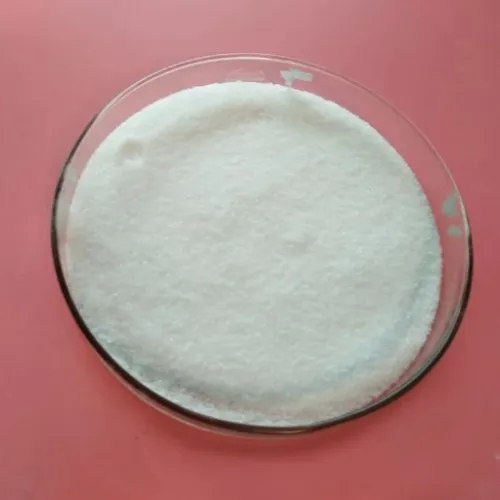Warning: Undefined array key "title" in /home/www/wwwroot/HTML/www.exportstart.com/wp-content/themes/1198/header.php on line 6
Warning: Undefined array key "file" in /home/www/wwwroot/HTML/www.exportstart.com/wp-content/themes/1198/header.php on line 7
Warning: Undefined array key "title" in /home/www/wwwroot/HTML/www.exportstart.com/wp-content/themes/1198/header.php on line 7
Warning: Undefined array key "title" in /home/www/wwwroot/HTML/www.exportstart.com/wp-content/themes/1198/header.php on line 7
- Afrikaans
- Albanian
- Amharic
- Arabic
- Armenian
- Azerbaijani
- Basque
- Belarusian
- Bengali
- Bosnian
- Bulgarian
- Catalan
- Cebuano
- China
- China (Taiwan)
- Corsican
- Croatian
- Czech
- Danish
- Dutch
- English
- Esperanto
- Estonian
- Finnish
- French
- Frisian
- Galician
- Georgian
- German
- Greek
- Gujarati
- Haitian Creole
- hausa
- hawaiian
- Hebrew
- Hindi
- Miao
- Hungarian
- Icelandic
- igbo
- Indonesian
- irish
- Italian
- Japanese
- Javanese
- Kannada
- kazakh
- Khmer
- Rwandese
- Korean
- Kurdish
- Kyrgyz
- Lao
- Latin
- Latvian
- Lithuanian
- Luxembourgish
- Macedonian
- Malgashi
- Malay
- Malayalam
- Maltese
- Maori
- Marathi
- Mongolian
- Myanmar
- Nepali
- Norwegian
- Norwegian
- Occitan
- Pashto
- Persian
- Polish
- Portuguese
- Punjabi
- Romanian
- Russian
- Samoan
- Scottish Gaelic
- Serbian
- Sesotho
- Shona
- Sindhi
- Sinhala
- Slovak
- Slovenian
- Somali
- Spanish
- Sundanese
- Swahili
- Swedish
- Tagalog
- Tajik
- Tamil
- Tatar
- Telugu
- Thai
- Turkish
- Turkmen
- Ukrainian
- Urdu
- Uighur
- Uzbek
- Vietnamese
- Welsh
- Bantu
- Yiddish
- Yoruba
- Zulu
Aug . 18, 2024 00:58 Back to list
Understanding the Origins and Production of Aspartame in Food and Beverages
Understanding Aspartame Its Origins and Production
Aspartame is one of the most widely used artificial sweeteners in the world, found in thousands of food and drink products. Its popularity is largely due to its intense sweetness, which is approximately 200 times sweeter than sucrose (table sugar), allowing manufacturers to reduce calories without sacrificing taste. But where does aspartame come from? This article delves into the origins and production processes of this controversial sweetener.
Historical Background
Aspartame was discovered in 1965 by James M. Schlatter, a chemist working for the G.D. Searle Company. The sweetener was initially discovered accidentally while Schlatter was researching a treatment for ulcers. He tasted a substance that had been left on his finger, which turned out to be aspartame. This compound is a dipeptide made from two amino acids aspartic acid and phenylalanine. It was granted approval by the U.S. Food and Drug Administration (FDA) in 1981 for use in dry foods and later for soft drinks and other products.
Natural Sources
Although aspartame itself is synthesized in the lab, its building blocks, aspartic acid and phenylalanine, are naturally occurring amino acids. Aspartic acid can be found in a variety of foods, including meat, fish, eggs, dairy products, and even some vegetables. Phenylalanine is also present in many protein-rich foods such as nuts, seeds, soy products, and dairy items. Therefore, while aspartame is a synthetic compound, the ingredients used to create it derive from natural sources.
The Production Process
The manufacturing process of aspartame involves several key steps. First, aspartic acid and phenylalanine are extracted through various methods, often involving fermentation processes that utilize microorganisms. These amino acids are then isolated and purified.
aspartame comes from

Once obtained, aspartic acid and phenylalanine undergo a chemical reaction known as peptide bond formation, where they combine to form aspartame. This reaction is facilitated by specific catalysts and controlled conditions to ensure the purity and stability of the final product.
After synthesis, aspartame is further refined to remove any impurities and to achieve the desired concentration and taste profile. The result is a white, crystalline powder that can be added to a wide range of food products to provide sweetness without the accompanying calories.
Safety and Controversies
Despite its widespread usage, aspartame has faced scrutiny and controversy over the years. Some studies have raised concerns about potential adverse health effects, such as headaches, allergic reactions, and links to more serious conditions. However, numerous regulatory agencies, including the FDA, European Food Safety Authority (EFSA), and World Health Organization (WHO), have evaluated aspartame and deemed it safe for human consumption within established daily intake limits.
One significant point of concern is for individuals with phenylketonuria (PKU), a rare hereditary disorder that makes it difficult to metabolize phenylalanine. Products containing aspartame must bear a warning label for those with PKU, as they need to regulate their intake of this amino acid.
Conclusion
In summary, aspartame's origins lie in the natural amino acids aspartic acid and phenylalanine. Its synthetic production allows for a low-calorie alternative to sugar, making it a popular ingredient in many low-calorie and sugar-free products. While ongoing debates about its safety continue to surface, regulatory bodies affirm its safety for general consumption. Understanding where aspartame comes from not only highlights the science behind this sweetener but also the importance of informed choices in dietary decisions.
Latest news
-
Certifications for Vegetarian and Xanthan Gum Vegetarian
NewsJun.17,2025
-
Sustainability Trends Reshaping the SLES N70 Market
NewsJun.17,2025
-
Propylene Glycol Use in Vaccines: Balancing Function and Perception
NewsJun.17,2025
-
Petroleum Jelly in Skincare: Balancing Benefits and Backlash
NewsJun.17,2025
-
Energy Price Volatility and Ripple Effect on Caprolactam Markets
NewsJun.17,2025
-
Spectroscopic Techniques for Adipic Acid Molecular Weight
NewsJun.17,2025

